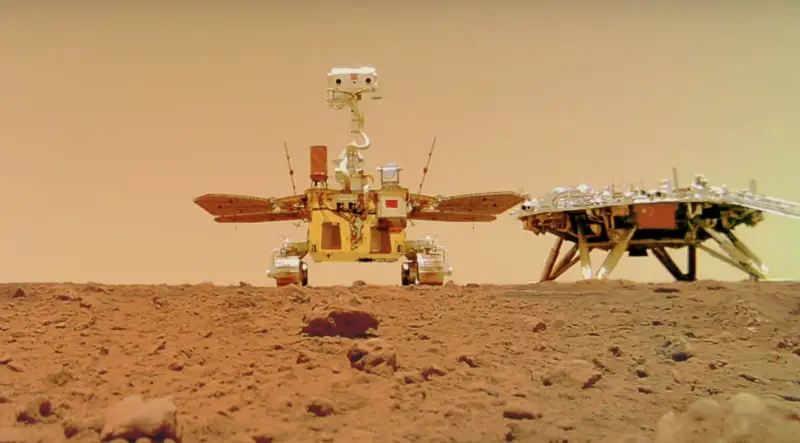China Space National Administration (CSNA) is one of the space agencies hoping to land astronauts on the moon before the end of this decade. During a recent interview, a leading Chinese lunar scientist reveals that China will surely land astronauts on the lunar surface by 2030.
“By 2030, the Chinese people will definitely be able to set foot on the moon. That’s not a problem,” Wu Weiren, chief designer of China’s lunar exploration program, revealed to Chinese broadcaster CCTV on April 18.
But how is China planning to land astronauts on the moon? Continue reading to find out.
How China is Planning to Land Astronauts on the Moon
China is currently developing the needful hardware required to land humans on the moon. The country is already building a next-generation rocket to launch its upgraded crew spacecraft. While this fascinating project is going on, Chinese engineers are also working on a lunar lander. Chinese top officials have revealed that a test flight for the new rocket is planned to commence in 2027.
The good news is that the new spacecraft has already flown into space for an uncrewed mission. Based on the progress made so far, many top Chinese officials reveal that they should be able to land humans on the moon before the end of this decade. Wu Yansheng, chairman of China Aerospace Science and Technology Corporation (CASC) recently presented an animated sequence showing what the future of the Chinese crewed moon landing mission would look like.
Keep in mind that CASC is China’s main space contractor. Hence, Wu Yansheng surely has a great role to play in the country’s crewed lunar mission that will likely take place in the next seven years.
How Long China May Spend on the moon During its first crewed mission to the lunar surface
Currently, China has only sent humans to the low earth orbit. This implies that the country has not sent humans to the moon and beyond. During the April 18 interview, Wu Weirn revealed that the upcoming China crewed mission to the moon would be for a short-term stay on the lunar surface. However, China is already making plans of building a permanent base on the lunar surface.
This base is named the International Lunar Research Station and the country hopes to construct it on the lunar surface in the 2030s. China revealed that the first steps for this proposed project will involve sending robotic missions to the lunar south pole to test it with the aid of 3D printing technology to build Lego-like bricks directly from the lunar soil. This implies that China is looking forward to saving costs by building directly using the lunar dust.
“For questions of whether we can build a house, make bricks and have access to communication services on the moon, they are expected to be verified by Chang’e 8 experiments, which will provide a guarantee for large-scale lunar scientific exploration in the future,” Wu said, referring to a robotic mission scheduled to launch in 2028.
How China is Planning to Collaborate with Other Nations the Successfully put astronauts on the Moon
China knew that if it must succeed with its plan to build lunar bases on the moon, it needs to partner with other nations. Hence, the country is looking forward to partnering with other BRICS nations for this project. (BRICS is short for Brazil, Russia, India, China, and South Africa.)
“The International Lunar Research Station built by China is open [to international partners]. We welcome the participation of developed countries such as the United States and European countries. We also hope that BRICS countries and some developing African countries will join us,” Wu said. “We have put forward an initiative for all to sign contracts, deals, or strategic agreements of intent.”
Conclusion
Sending humans to the moon requires a lot of effort and planning. Just like NASA planning for its Artemis Space Program that will land humans on the moon within this decade, CNSA is already making its plans for crewed lunar exploration by 2030. Hence, we should be expecting different nationalities to explore the lunar surface in the next decades.




